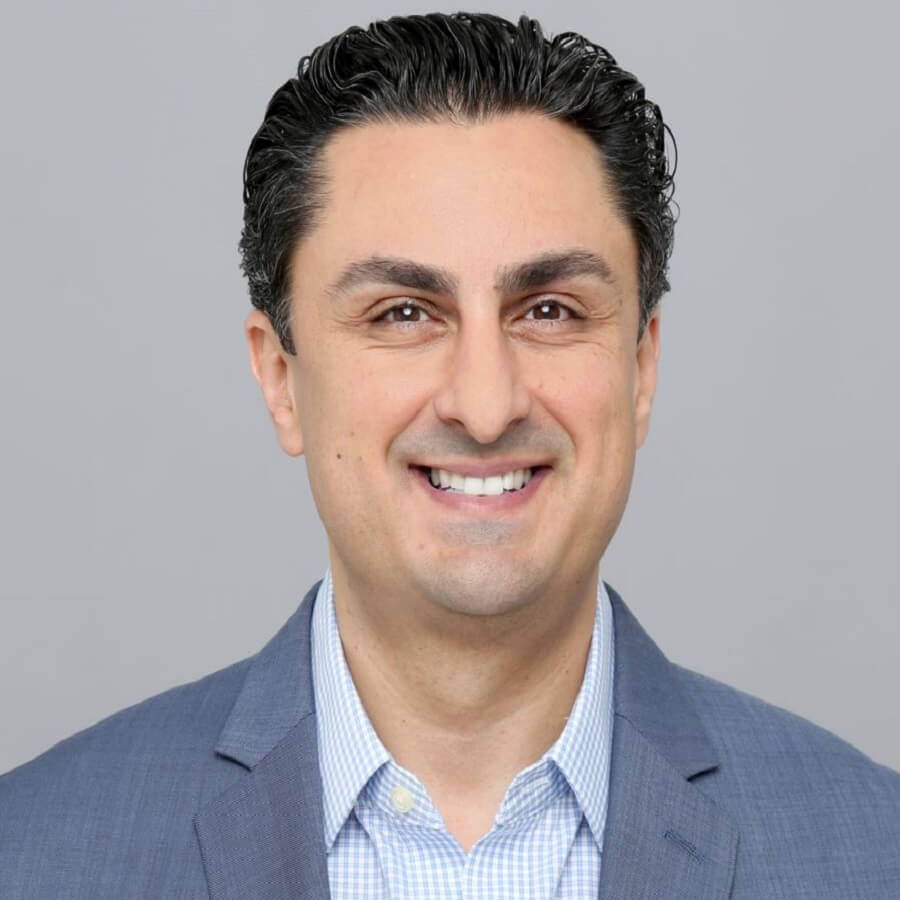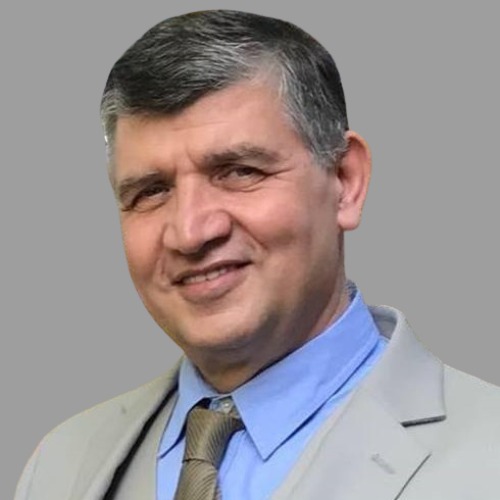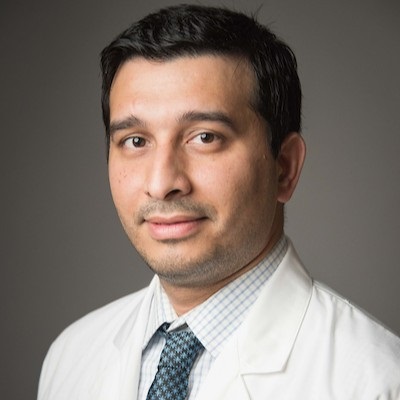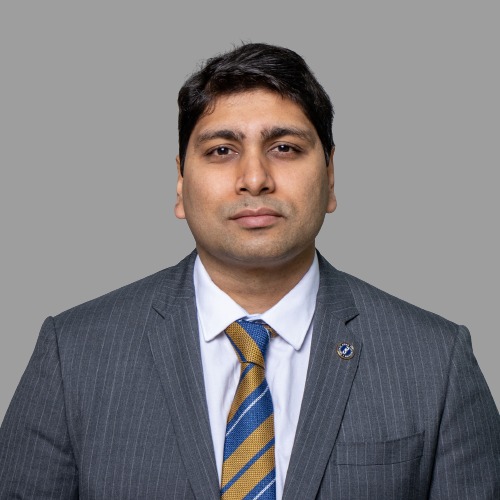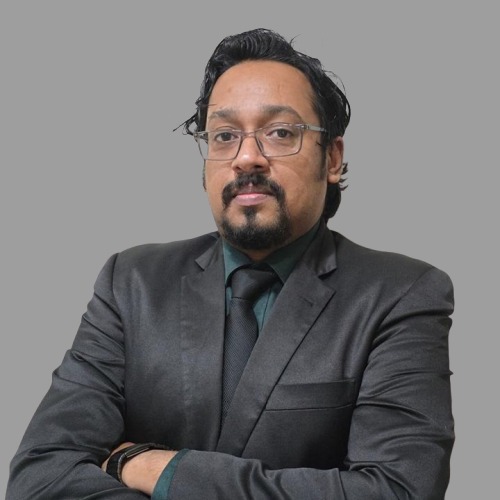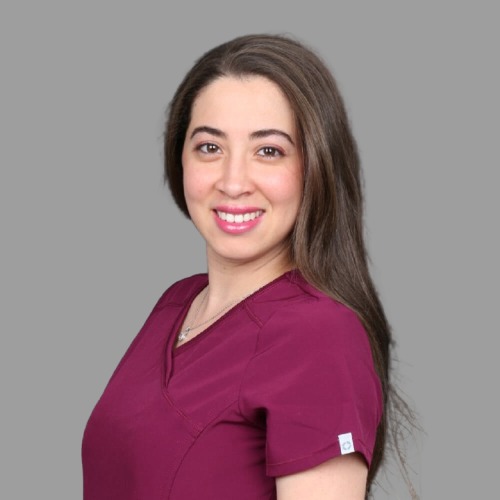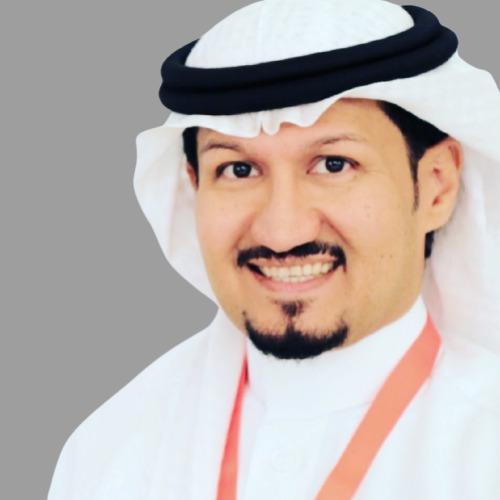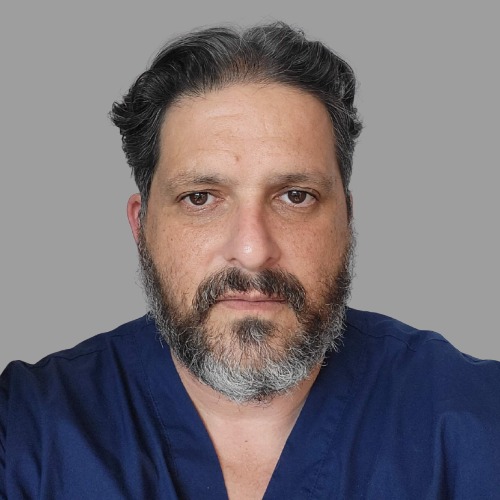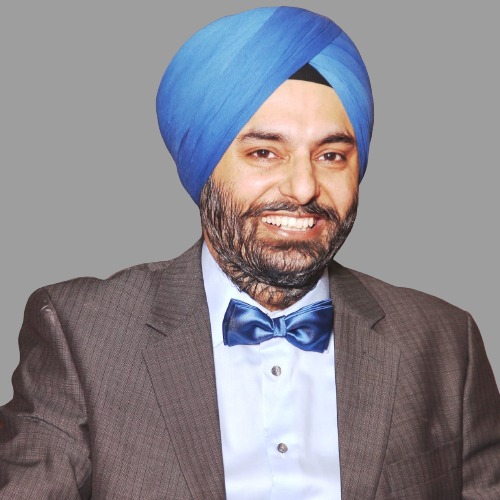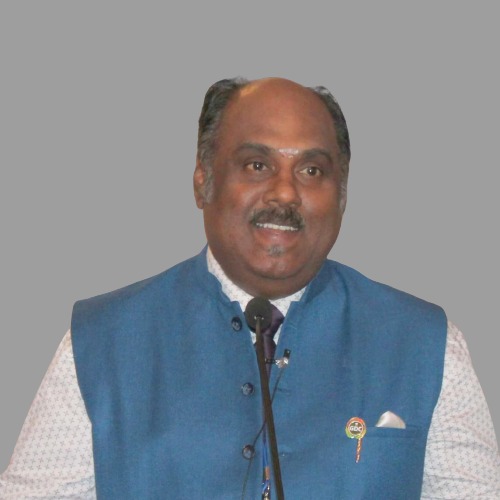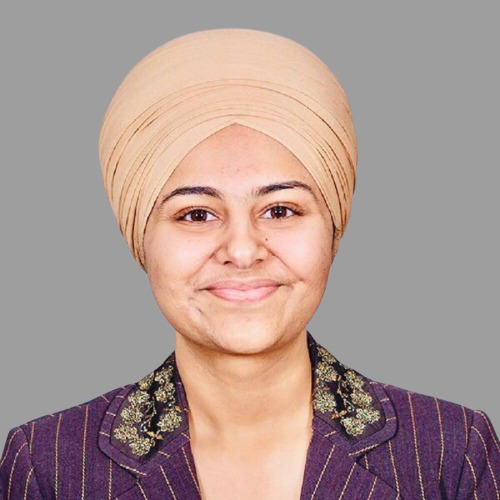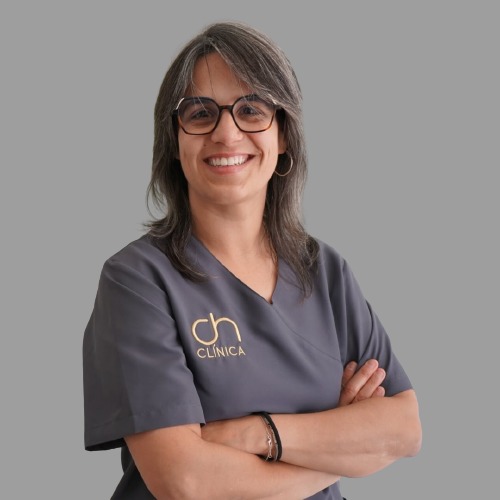
Dr. Beatriz Chaves
University of the Basque Country
Dr. Beatriz Chaves is a distinguished implantologist and oral surgeon with a deep passion for rehabilitation and implantology. With a wealth of experience in complex surgeries and rehabilitations, she has held senior roles in prestigious institutions across Spain. Dr. Chaves is dedicated to excellence in her field, specializing in periodontal plastic surgery, bone regeneration, implants, and the rehabilitation of the atrophic maxilla. She holds a Master’s Degree in Periodontics and Implantology from the University of the Basque Country and is a Specialist in Implant Prosthesis from the Complutense University of Madrid. Dr. Chaves has also pursued advanced continuing education in bone regeneration, mucogingival surgery, and oral rehabilitation. Since 2010, she has maintained an exclusive private practice focused on oral surgery and rehabilitation.
Spain
Abstracts
Immediate dental implants in the posterior region
Introduction:
Immediate dental implants in the posterior region have gained popularity due to their ability to reduce treatment time and preserve alveolar bone. However, the success of this procedure depends on factors such as implant stability, socket morphology, and potential complications. Understanding the different types of extraction sockets, the surgical approach, and associated risks is crucial for optimal clinical outcomes.
Objective:
To evaluate the effectiveness of immediate dental implants in the posterior region, considering socket types, surgical techniques, and potential complications.
Materials and Methods:
A systematic review of clinical studies on immediate implants in posterior teeth was conducted. The classification of extraction sockets (Type I, II, III) was analyzed based on alveolar bone integrity. The surgical procedure involved atraumatic extraction, implant site preparation, and guided bone regeneration when necessary. Parameters such as implant stability, osseointegration, and post-surgical complications were assessed.
Results:
Immediate implants showed high survival rates, especially in Type I sockets with preserved buccal bone walls. Type II and III sockets required additional bone grafting and membrane coverage to ensure stability. Primary implant stability was influenced by bone density and implant design. The most common complications included marginal bone loss, soft tissue recession, and peri-implantitis.
Conclusion:
Immediate implant placement in the posterior region is a predictable treatment when proper case selection and surgical techniques are applied. While Type I sockets offer the best prognosis, Type II and III sockets demand additional regenerative procedures. Clinicians must carefully assess the risks and implement adequate post-operative care to minimize complications.
Keywords:
Immediate implants, posterior region, extraction sockets, surgical procedure, complications, bone grafting, osseointegration.
Tips for success in bone regeneration in dentistry
Objective:
The main objective is to outline the key factors for achieving successful bone regeneration in dentistry using block grafts, addressing aspects such as material selection, surgical technique, and factors influencing the success of the procedure.
Materials and Methods:
The surgical technique for bone regeneration using autologous block grafts is reviewed, focusing on key steps: graft selection, preparation of the recipient site, graft fixation, and the use of barrier membranes. Radiographic images are used for case planning, surgical burs for graft shaping, and osteosynthesis screws for fixation. Resorbable and non-resorbable membranes are placed to guide bone regeneration, and the flap is sutured tightly to ensure proper healing.
Results:
The passive adaptation of the graft to the recipient bed and its stable fixation are crucial in avoiding micromovements that could compromise integration. Patients receiving well-vascularized grafts, combined with precise surgical techniques, show a higher rate of bone regeneration. The use of barrier membranes protects the graft from soft tissue invasion, promoting osteogenesis. Healing times range from 4 to 6 months, with satisfactory outcomes in most cases.
Conclusion:
Proper material selection, meticulous surgical technique, and appropriate postoperative care are essential for successful bone regeneration with block grafts. Graft stability and protection with membranes are critical factors for long-term success.
Keywords:
Bone regeneration, block graft, dentistry, graft fixation, barrier membranes, osteogenesis.
Clinical and aesthetic results in the treatment of multiple recessions (Zucchelli vs Tunel): About a case
Gingival recessions are the most frequent periodontal lesions in patients under 40 years of age with good oral hygiene and regular periodontal check-ups (Heitz and Mayfield 2003); the main reason for consultation is aesthetics (Zaher et al. 2005, Cortellini et al. 2009). Bilaminar techniques are considered the gold standard due to their predictability in obtaining complete root coverage (Rocuzzo et al. 2002, Cairo et al. 2008, Chambrone et al. 2012, Tonetti et al. 2014, Grazziani et al. 2014), but it must be taken into account that we must not only assess clinical success, understood as complete root coverage, but we must also consider aesthetic success (chromatic integration, texture, subjective assessment by the patient)
CASE. Patient in maintenance therapy comes to the clinic due to dental hypersensitivity and aesthetic demands. He has Miller class I root recessions in the upper jaw. Mucogingival surgery uses two different techniques: first quadrant (modified coronal advancement flap with connective tissue graft described by Zucchelli and de Sanctis 2000) and second quadrant (modified tunneled supraperiosteal described by Zabalegui 1999).
Featured 2025 Speakers
Speakers of The Club




